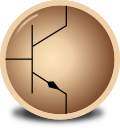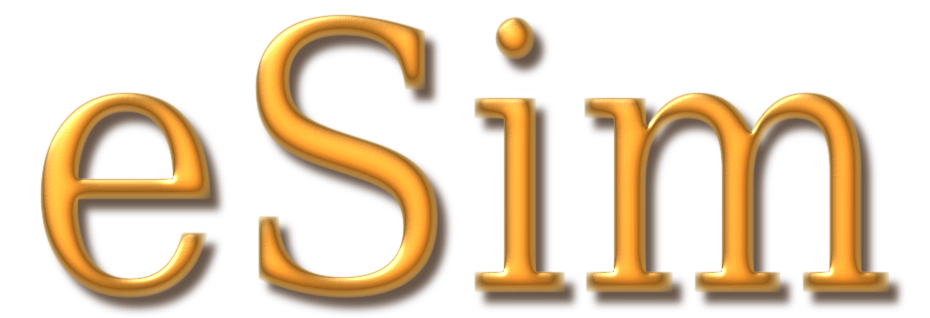Exp 5. BJT Inverter Switch
Concept : To demonstrate the working of BJT as a Inverter
Explanation:
A Bipolar Junction Transistor (BJT) inverter switch is a simple yet fundamental application of a transistor in digital electronics, acting as a basic switch to invert a logic signal. It is a crucial building block in logic circuits, allowing for signal amplification and switching.
A BJT has three terminals: the collector (C), base (B), and emitter (E). The operation of a BJT as a switch relies on controlling the base current (Ib), which in turn controls the larger collector current (Ic).
-
NPN BJT: In an NPN transistor, when a small current flows into the base, it allows a larger current to flow from the collector to the emitter.
-
PNP BJT: In a PNP transistor, the current flows out of the base, allowing current to flow from the emitter to the collector.
Simulation Mode: Transient
Simulation Parameters: .tran 0.1m 10m 0
|
Simulation Type |
Start Time(sec) |
Stop Time(sec) |
Step Time(sec) |
|
.tran |
0 |
10m |
0.1m |
Reference Netlist:
* BJT Inverter Switch
.model mybjt NPN
R1 COM.1 COM.2 1k
Q1 0 COM.3 COM.2 mybjt
V1 COM.4 0 PULSE(0 5 0 1u 1u 1m 2m 0.0 )
R2 COM.3 COM.4 1k
V2 COM.1 0 DC 5
.tran 1m 10m 0
.control
run
plot all
.endc
.end
Reference Circuit Schematic:
Make the circuit diagram with the exact pin-to-pin connection as shown below to practice. This will help you to complete the experiment successfully.
Reference Circuit Details:
- Supply Voltage=COM.1
- Input Voltage=COM.4
- Output Voltage=COM.3
Reference Output:
After the simulation is done, the following output graph appears at the screen showing the voltages and currents across all the nodes.
Conclusion:
The output demonstrates the working of a BJT inverter where the output is exactly the inverted form of the input. The output can be further smoothened in case of a CMOS inverter.
Assignment:
Implement the same circuit using a PNP transistor.
< Exp 4. Parallel RLC Resonance up Exp 6. Positive Diode Clipper >

